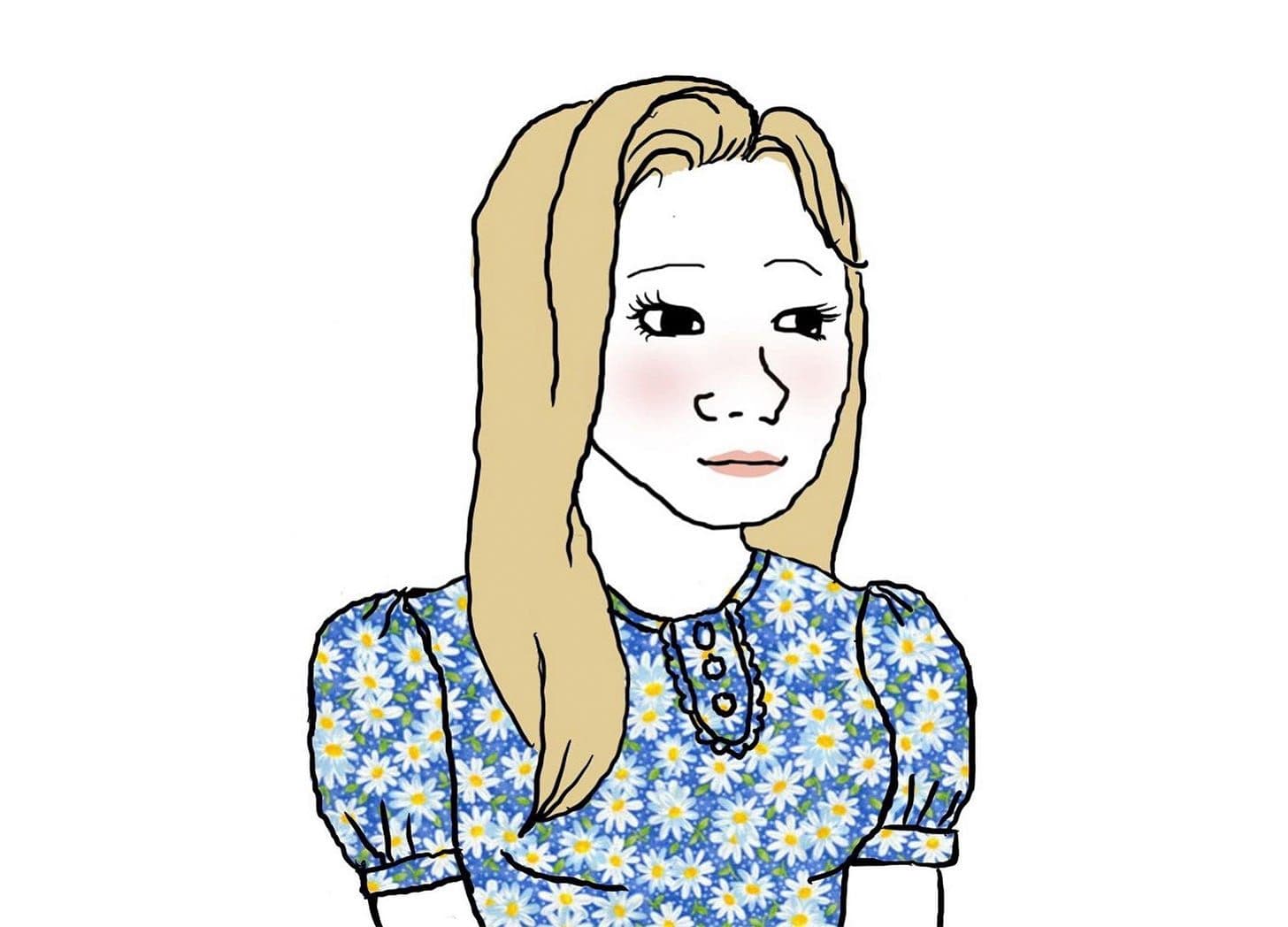
America's Right-Wing Astrology BoomJan 9
months after charlie kirk's assassination, the christian right is turning to the occult for answers while fitness influencers and biohackers use astrology as a lifestyle guide
Mar 21, 2023

I’ve watched with fascination as the “trad” right has grown from a nascent, single voice in the kind of ‘anti-woke coalition’ to a mature, if still yet decentralized social movement. Interests: a classic aesthetic sensibility, faith, nationalism, populism, and traditional gender norms — which brings us to our topic today.
If you’ve spent any time on TikTok over the last year, you’ve likely noticed something called the “trad wife,” an influencer in the space of keeping home and loving it. The hard left has naturally lost its mind in the face of beautiful women who explicitly endorse the “traditional,” which is to say anti-feminist role at home. But what is the “trad wife” really, and what does her rapid rise to prominence and social fixation mean for American culture?
River Page explores.